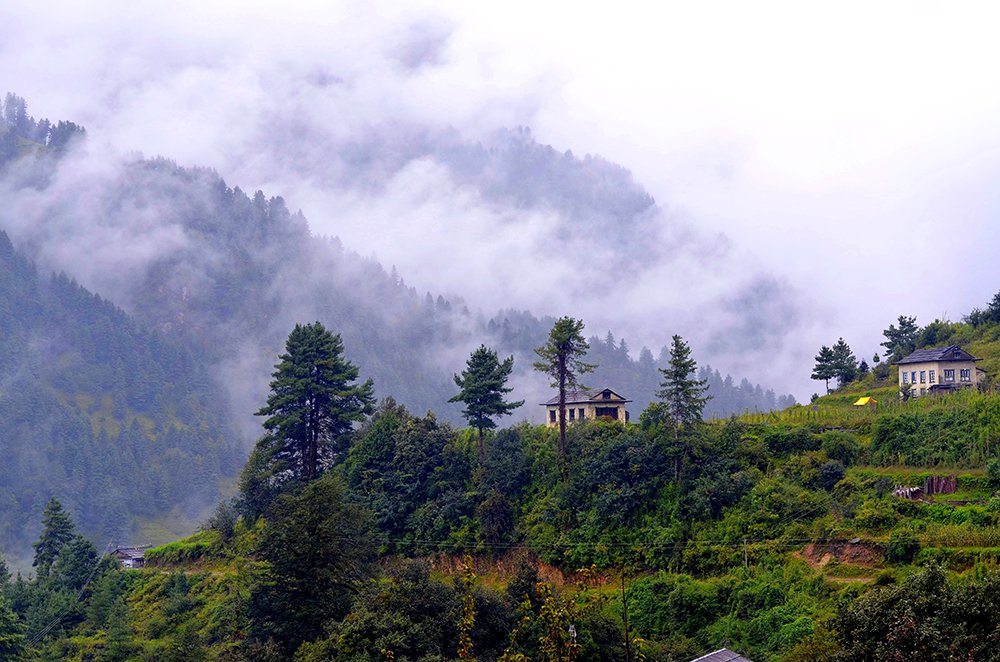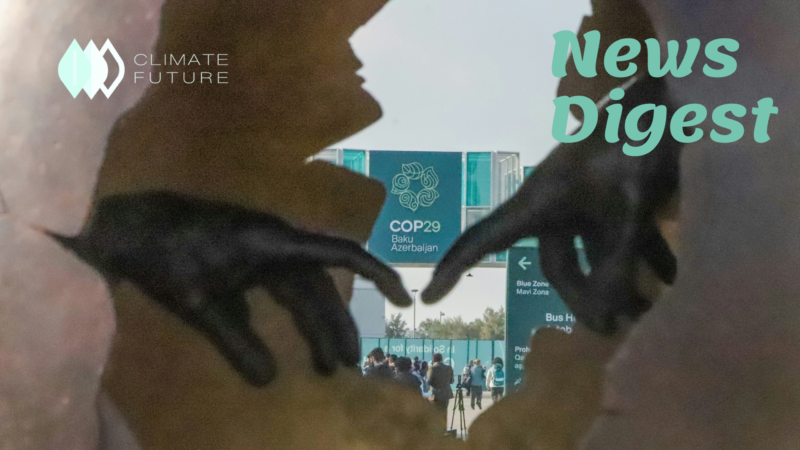By: Yunish Ghimire
In January of 2021, The World Bank approved an Emission Reduction (ER) project in the Terai area of Nepal, whose main objective is to make payments for emission reduction schemes through reduced forest deforestation and degradation. It is a part of the Carbon Trade concept, making Nepal eligible for receiving up to $45 million by selling its carbon stocks. The chief of the climate change division at the Ministry of Forest and Environment in Nepal, Dr Maheshwor Dhakal, said that this is an excellent opportunity to conserve our forest resources while benefitting financially.
What is Carbon Trade and Carbon Stocks?
Carbon Trade is a relatively new concept that aims to reduce greenhouse gases emission, particularly carbon dioxide. It allows developed countries to cut their emissions by paying developing countries to establish carbon lowering schemes initiated in the 1997 Kyoto Protocol, an international agreement to reduce greenhouse gas emissions. Kyoto Protocol established a cap on the amount of carbon allowed to be released by each country. Carbon trading allows countries with higher carbon emissions than the allocated cap to purchase the right to release excess carbon from the countries with lower carbon emissions.
In the Conference of Parties (COP) in Bali, REDD came into form. REDD (Reducing Emissions from Deforestation and Forest Degradation) provided a framework for reducing carbon emissions through deforestation and forest degradation. Its main goal is to determine the forests’ economic value in their carbon capture and storage. In 2010, at COP in the Cancun agreement, REDD was reformulated to REDD+, which focuses on reducing carbon emissions from deforestation and forest degradation, conservation and enhancement of forest carbon stocks, and sustainable forest management.
History of REDD+ in Nepal
In Nepal, REDD was introduced in 2008 and declared a priority by the Ministry of Forests and Soil Conservation. According to a REDD+ report, there are 37 forested developing countries, 14 donor countries and organizations, and the private sector involved in the program. World Bank has established the Forest Carbon Partnership Facility (FCPF) to assist selected nations; Nepal is one of them to reduce their emission through preservation and protection of forests. The International Centre for Integrated Mountain Development (ICIMOD) has been a pioneer organization to design and set up a governance and payment system for Nepal’s forest management.

Forest Resources in Nepal
The Forest Resource Assessment Project (FRA), funded by Finland’s government, was conducted in 2016. According to the report, Nepal’s total forest cover is 6.61 million hectares (ha), 44.74% of the country’s total area. Out of the forest’s total area, 82.68% (4.93 ha) lies outside protected areas and 17.32 % (1.03 million ha) inside protected areas. Nepal’s forests’ total biomass is 1,159.65 million tones, and the total carbon stock is estimated to be about 1054.97 million tons. The report states that the main objectives of this project are to improvise the provision of adequate forestry data and its processing for national forest policy development and international reporting and the REDD+ purpose. Thus, for a country like Nepal, whose almost half of the land area is forest land, REDD+ can be very beneficial. REDD+ can have environmental benefits (strengthen biodiversity, adequate forest management systems) and have tremendous financial benefits through carbon revenues and eco-tourism.
Emission Reduction Project
The Emission Reduction Program (ER) will enhance the existing conservation model by utilizing tested forest management approaches and will establish a strong partnership between the government, civil society, and local communities. It will be a model for the implementation of the national REDD+ Strategy as well. The ER program, which will generate results over ten years, aims to combine community-based forest management with increased knowledge and technical resources to improve management practices. It will also help foster the private forestry sector and support its role in engaging in the REDD+ process.
According to Nepal’s ER-PIN report, the ER program estimates to reduce approximately 14 million tons of CO2 after five years and around 70 million tons after 15 years. The report also outlines the benefit-sharing arrangement for the proposed ER program. The benefit-sharing arrangement refers to the distribution of financial incentives generated from the forest amongst the respective stakeholders as per their cost involved for the forest management. The focal point of the revenue generated from REDD+ is the Ministry of Forest and Soil Conservation (MoFSC), through which it gets distributed to National Parks, local communities, local government, and REDD project management units.
Why Carbon Trade?
REDD+ and carbon trading can have enormous benefits for Nepal. It engages developing countries like Nepal to be aware and innovative in addressing climate change and global warming. However, Nepal is yet to take full benefits of this program. It is essential to set a specific set of environmental goals and agendas moving forward. Nepal has experienced substantial deforestation and forest degradation over the past few decades due to human activities like over-harvesting, conversion of forests into agricultural lands, encroachment, and natural causes like a forest fire. Thus, REDD+ can provide clear opportunities for converting Nepal’s environmental goals into tangible incentives, generating and adding value for the country and its forest communities.
Where is Nepal Now in the Carbon Trade?
Carbon Trading and REDD+ are still in their early phases. So, there are still challenges concerning measurement, reporting and verification. Nepal must adopt modern technologies to assess and verify carbon values in forests and their emission changes.
However, in the past few decades, Nepal has been promoting community-based forest management. It involves training forest communities to conserve and utilize forest products in a sustainable manner. REDD+ supports these types of initiatives. So, moving forward, Nepal can leverage this forest management approach, which would help the country meet its carbon goals without compromising communities’ interests dependent on forests.




